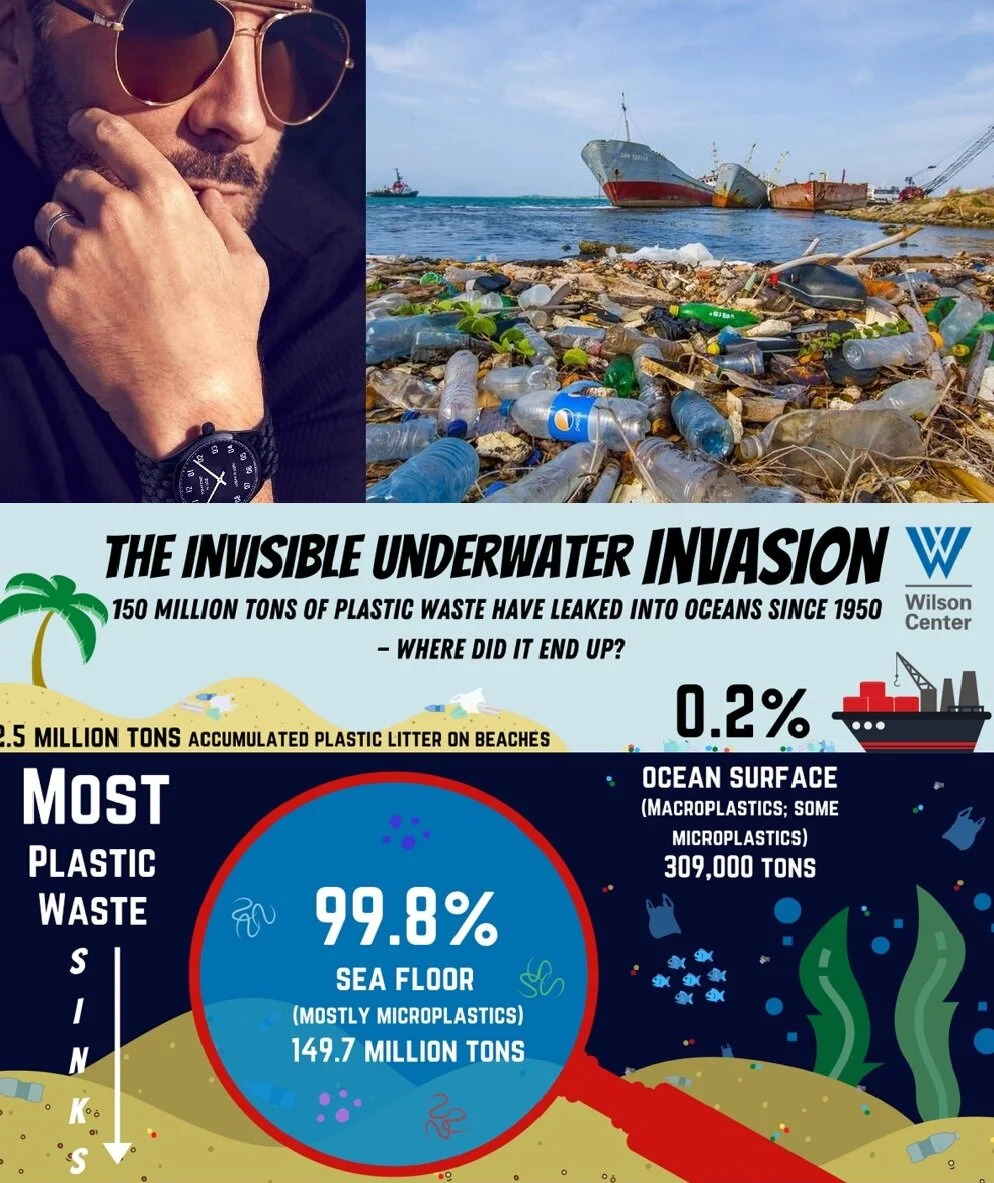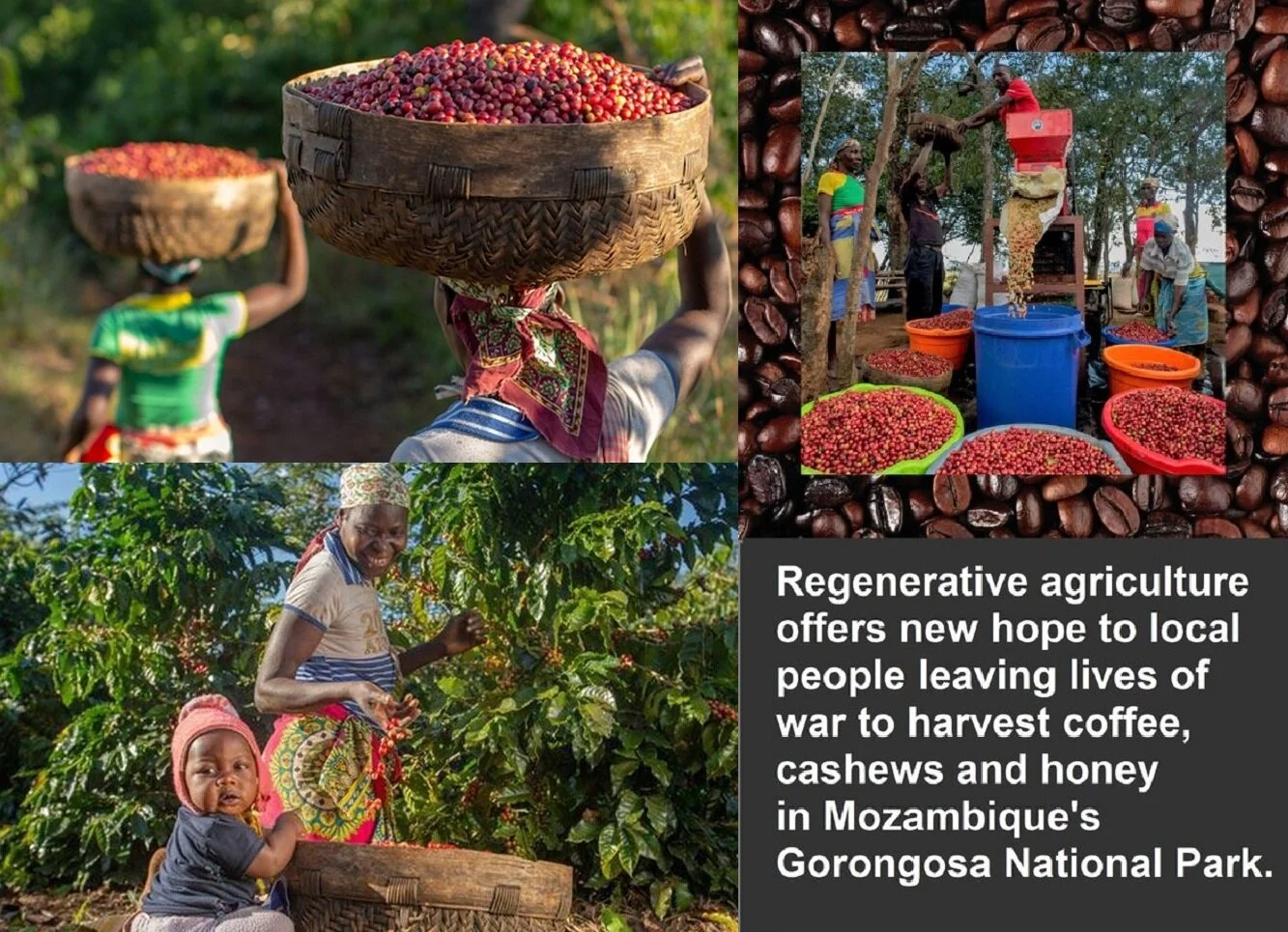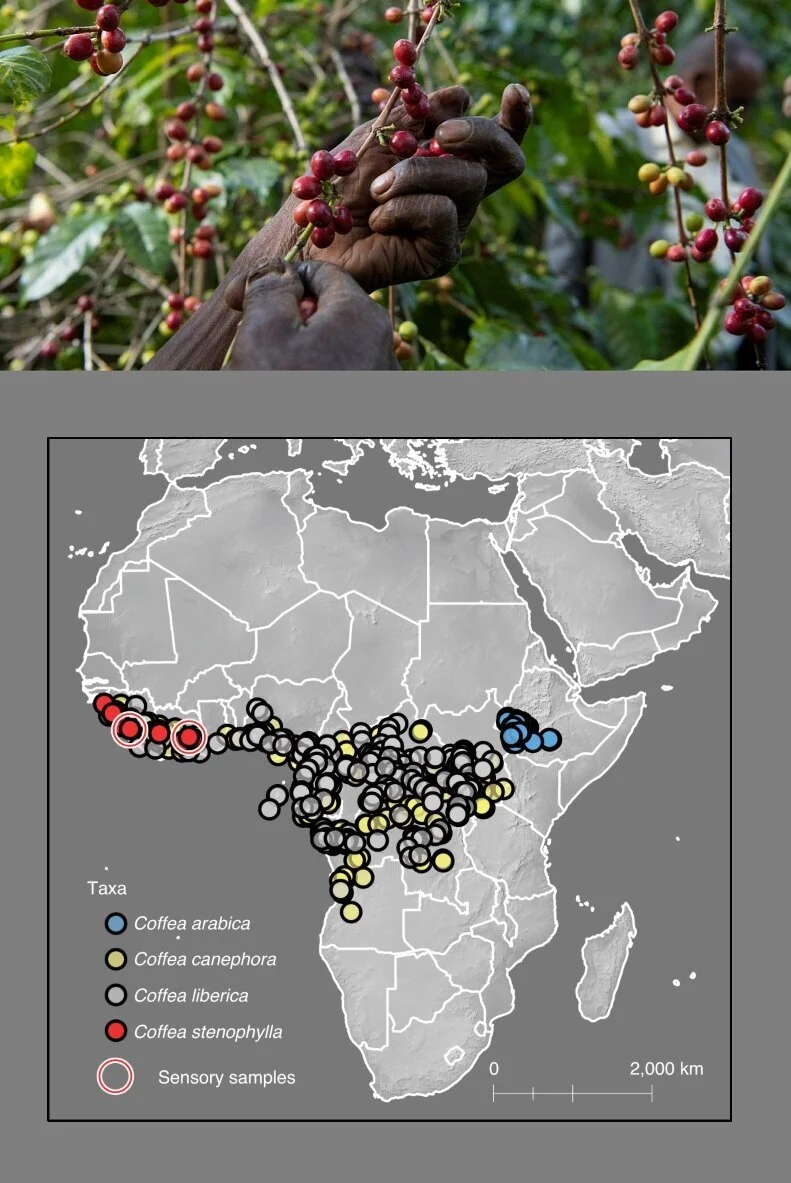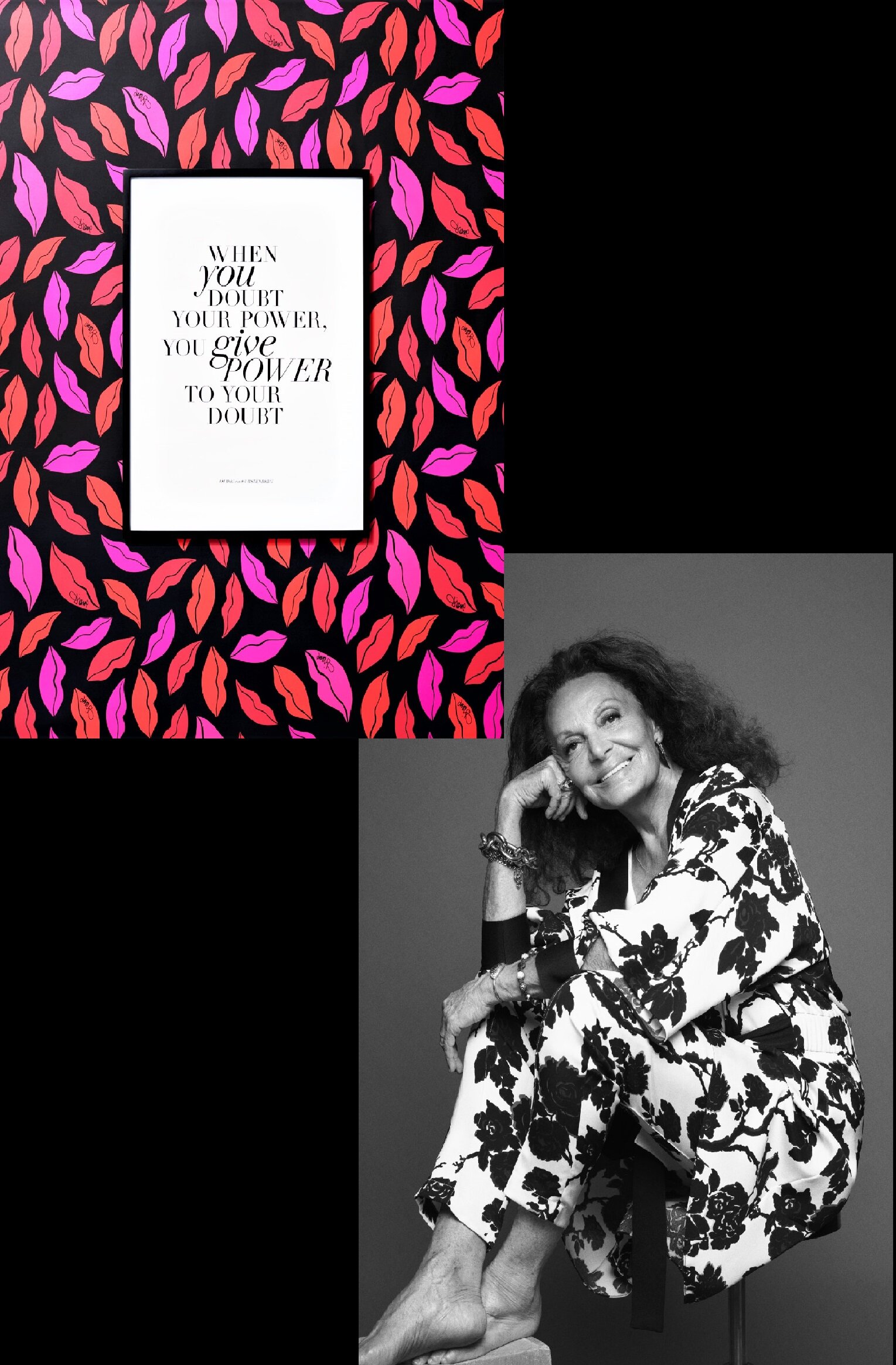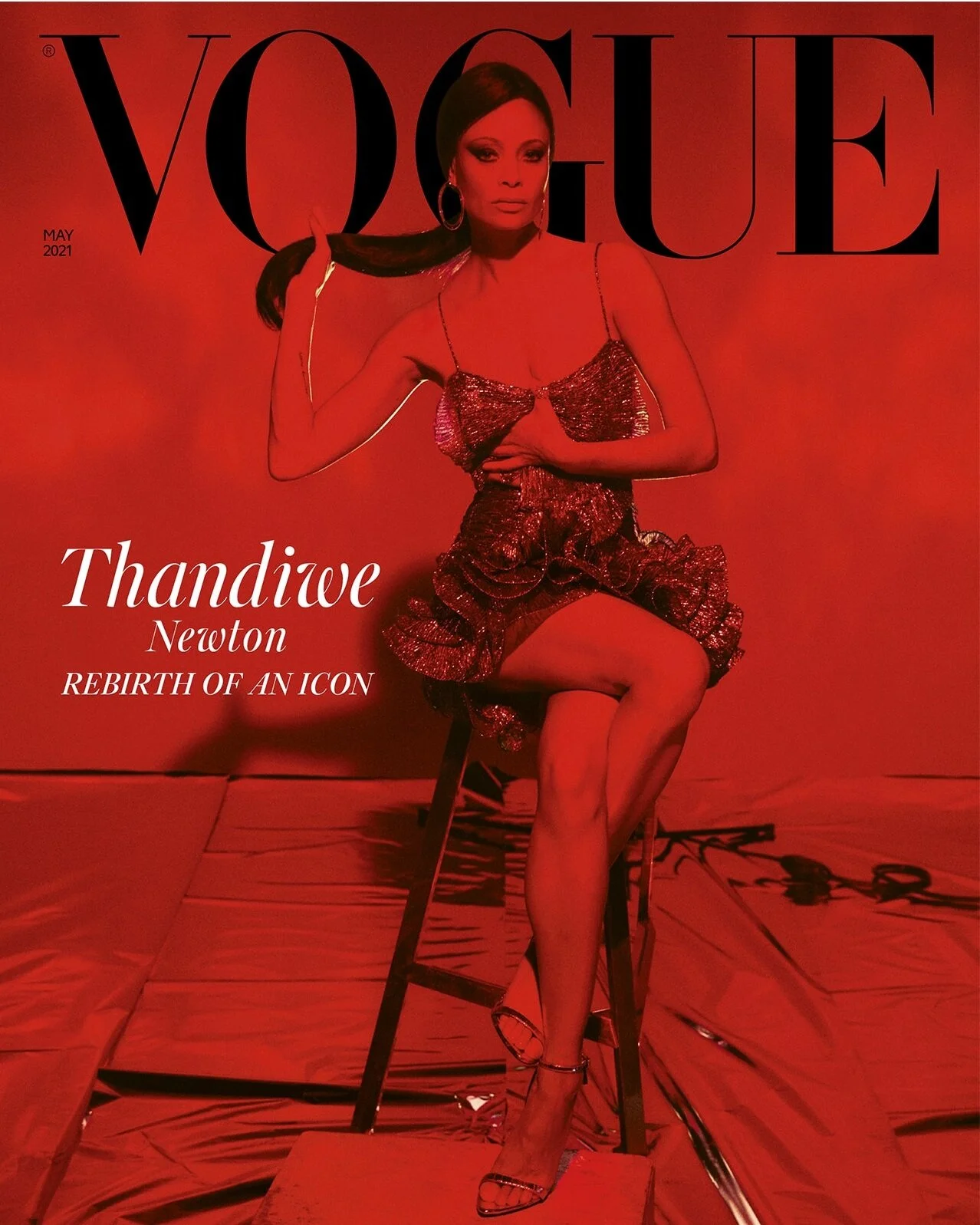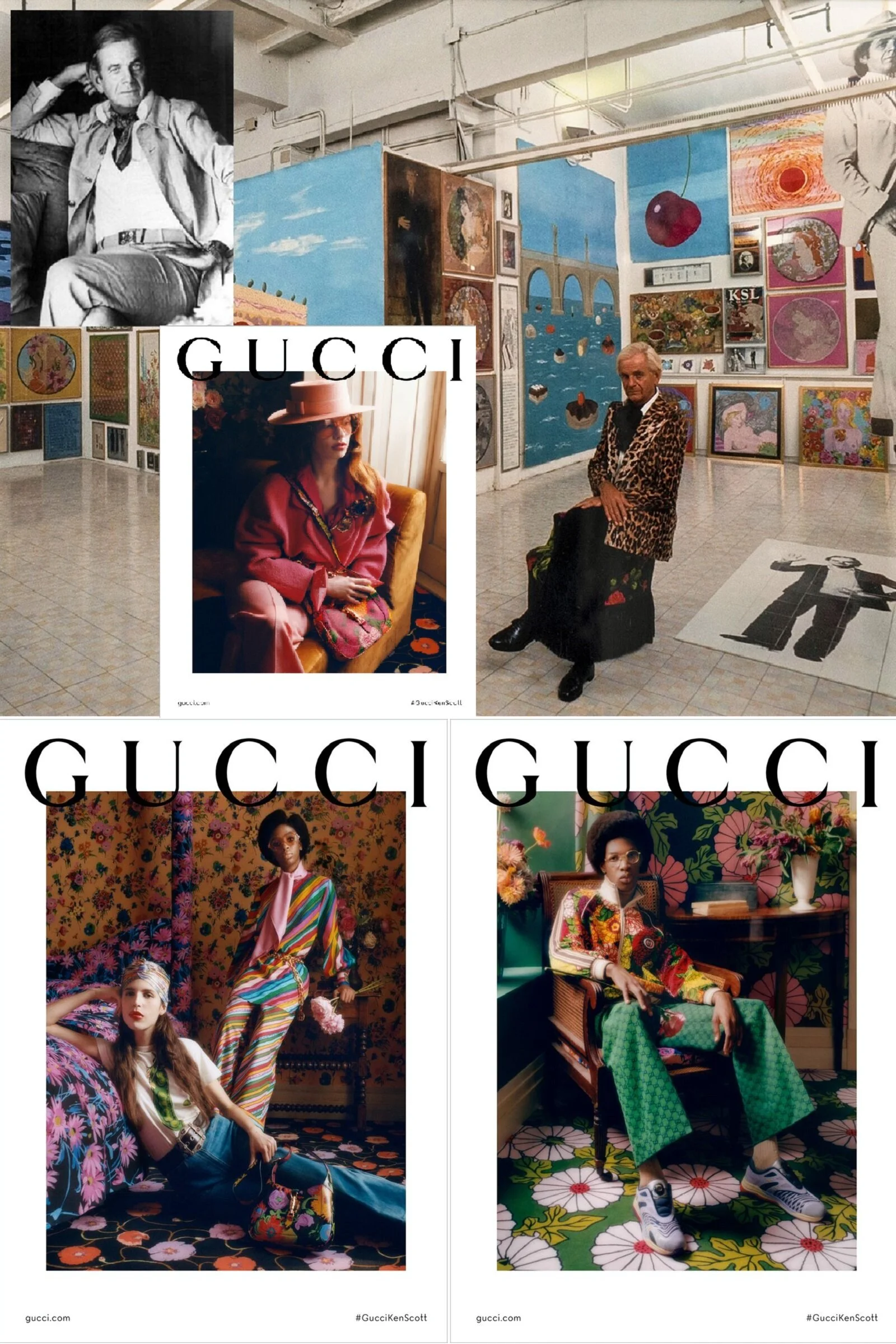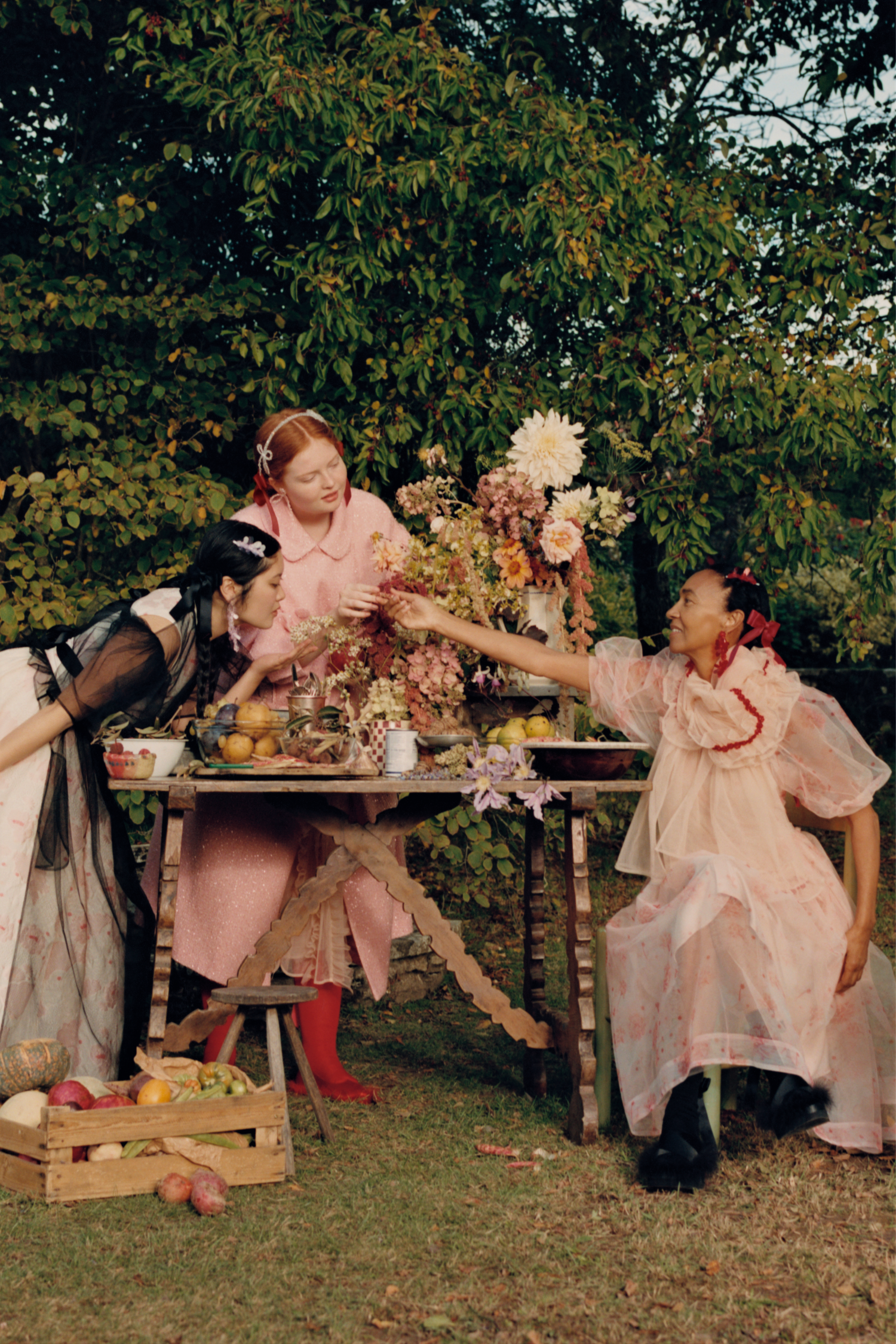580 Elephants Startle Conservationists with Return to DNC Virunga National Park
/Elephants in Congo's Virunga National Park Bring Hope Gone for Decades AOC Sustainability
Virunga National Park, a 790,000-hectare (2-million-acre) stretch of land on the eastern border of the Democratic Republic of Congo, is known for its rich diversity of habitats and rare wildlife. The UNESCO World Heritage Site is Africa’s most biologically diverse protected area. It houses the last of the world’s endangered mountain gorillas and precious other species.
The Virunga National Park borders Volcanoes National Park in Rwanda and Rwenzori Mountains National Park and Queen Elizabeth National Park in Uganda. Wildlife migration among animals across national borders is common.
There used to be about 8,000 elephants roaming Virunga back in the 1950s, but they were greatly reduced. By the time Paul Allen’s Great Elephant Count came to the park in 2014, the team found only about 300. This devastating statistic declared elephants in Virunga National Park to be critically endangered.
In 2015 Save the Elephants helped put satellite collars on 15 of Virunga’s elephants. Over the course of three years, two of the elephants were illegally killed, but the other 13 moved across the border between Virunga and the Queen Elizabeth National Park in Uganda — a common migration event for the elehants.
What can be said with certainty is that for many reasons including decades of violence in the DRC, elephants have left the DR Congo, not migrated to it.
Imagine then the extraordinary event that was observed in late 2020, when hundreds of elephants — an estimated herd of 580 savanna elephants crossed over from Uganda’s Queen Elizabeth National Park into Virunga National Park.
It’s not clear yet if the elephants will stay in Virunga — which is not free from violence. In April 2020 12 Virunga Park rangers, a driver and four members of the local community were killed in a violent attack by a militia group. In January 2021, six park rangers patrolling on foot were ambushed and killed by armed assailants.
Conservationists speculate that the elephants may be responding to danger in Uganda not readily understood by local officials. No one knows what to expect, but conservationists are thrilled with this latest development. Read more about this blessed, possibly transformational event: Elephants in Congo's Virunga National Park Bring Hope Gone for Decades



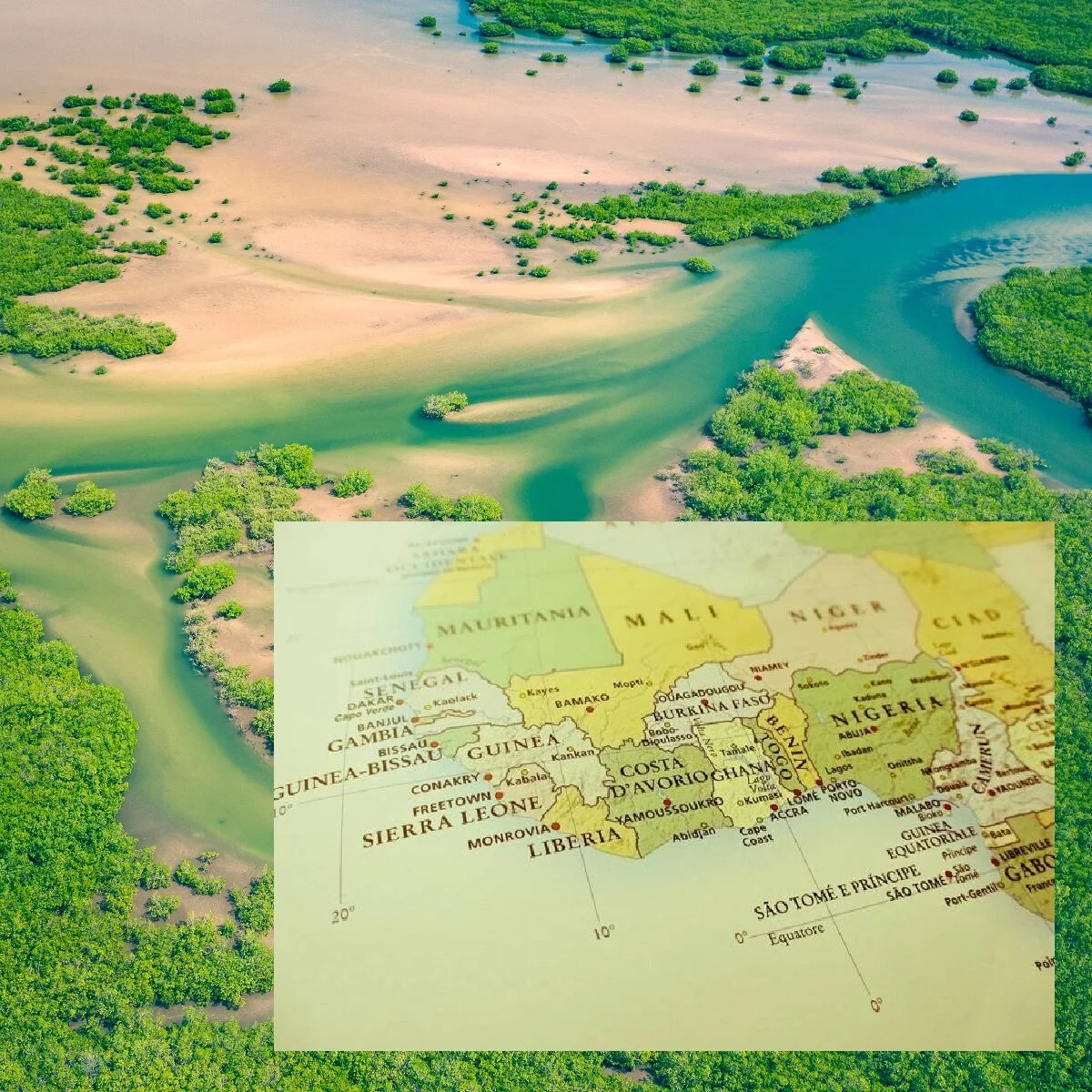


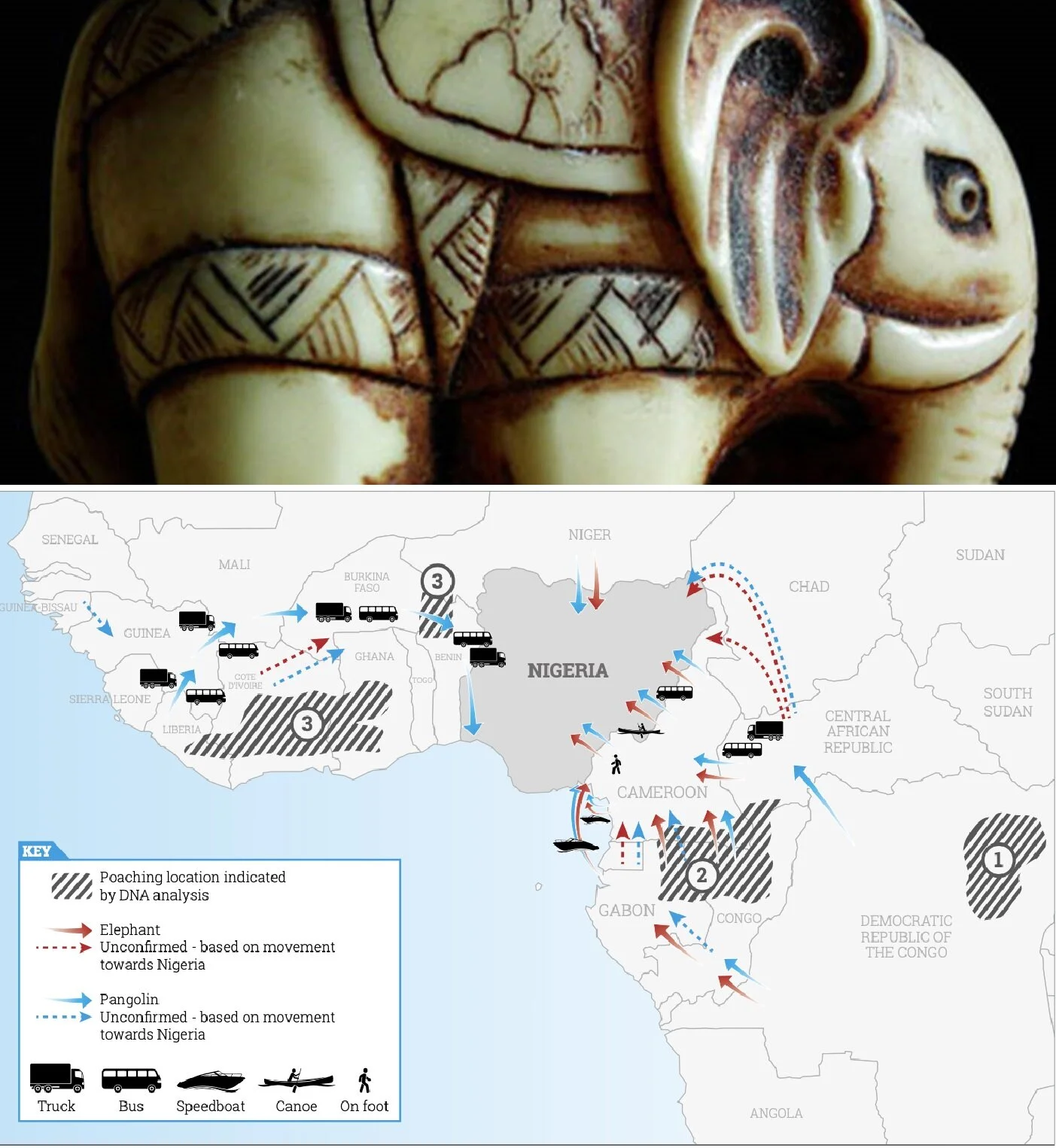



![Into-the-Okavango_[Neil-Gelinas]_3-dbl.jpg](https://images.squarespace-cdn.com/content/v1/55f45174e4b0fb5d95b07f39/1561937163642-AJXZW3I471QGTYL0AE03/Into-the-Okavango_%5BNeil-Gelinas%5D_3-dbl.jpg)







